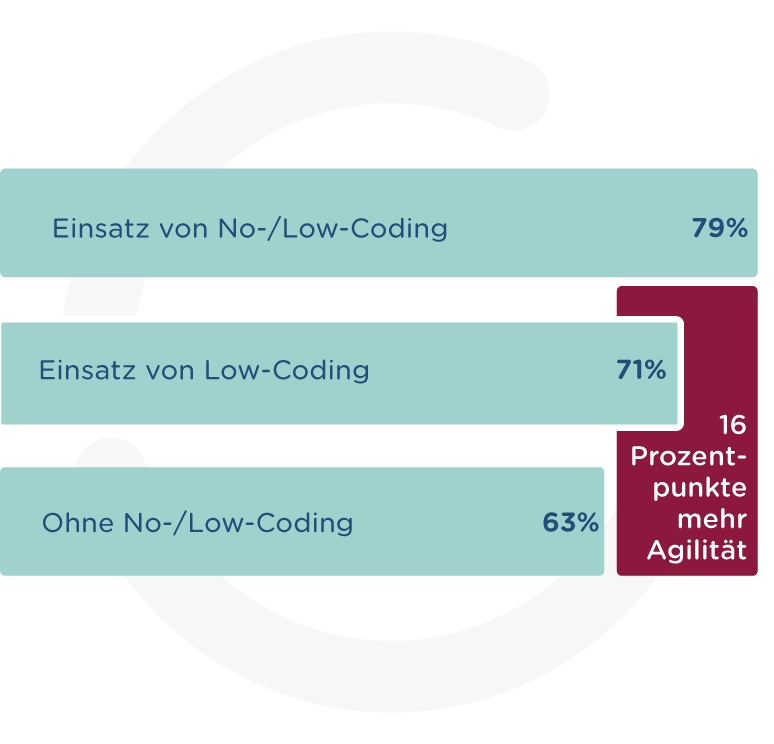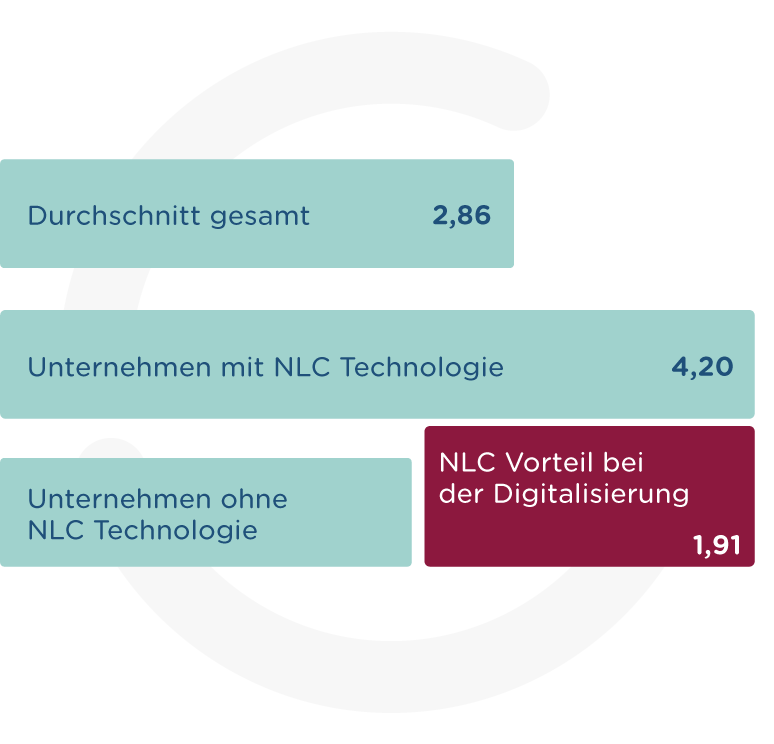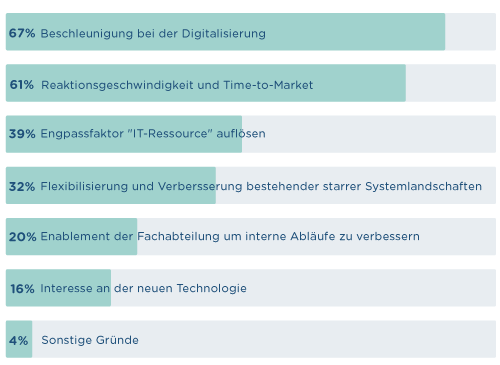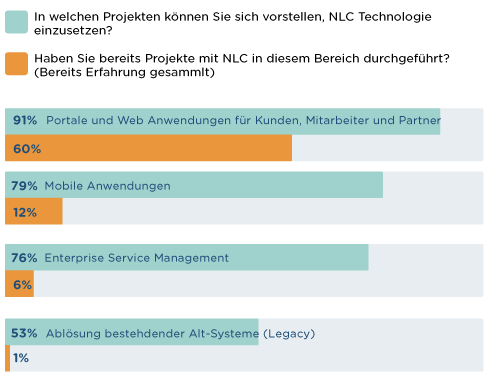Want to know more about ESCRIBA?
Simply register here for our e-mail distribution list.

No-coding is the creation and customization of your own software applications without using source or program code. In the consumer market, this usually involves simple applications for managing data, while in the enterprise or B2B segment, sophisticated applications can already be created with just a few mouse clicks. Leading systems such as the ESCRIBA NLC platform make it possible to create powerful apps for enterprise service management and the optimization of document- and data-intensive processes via no-coding.
Applications can already be created via no-coding that use comprehensive functions from case/ticket management, business process management and document creation. With these no-code applications, it is possible to design the relevant contact points with customers, employees and partners in a targeted manner.
The central advantage of this approach is “enabling the frontliners”. Departments can independently drive digitization and optimization projects within a certain framework.

Low-coding describes the creation and adaptation of software applications using prefabricated source/program code. This also includes code created automatically by generators. In contrast to no-coding, low-coding is not aimed at specialist departments, but at application developers in IT or specialist IT.
The advantages of low-coding are
The advantages are reflected in significantly shorter project durations and significantly lower costs as well as the promise “never get outdated”.
The approach of accessing prefabricated code or using code generators is as old as application development itself. What is new, however, is the power and scope of pre-built code blocks, their easy and comprehensive availability, and the significantly reduced cost of this type of source code.
A key strength is the combination with no-coding. This results in an important change of perspective as well as the proximity to the business users and departments. Only from this and from the native connection with the agile work and management approaches does the resounding power of the NLC technology result.
(Self-assessment / scale 1 to 5)

No-coding and low-coding thrive on immediate results: An app can actually be built in ten minutes and rolled out company-wide. With the help of feedback and experience, the application is improved step by step. This means that the basic principles of agile working are experienced and learned right from the start. At the same time, the NLC platform provides the right tool for sustainable agile working. Enabling and empowering the workforce are crucial in digitization.
Reaction speed and time-to-market
Business departments are enabled to create and iteratively adapt their own software applications, while corporate IT is largely relieved of business content-driven work. The problem of a lack of IT resources for application development is solved thanks to this shift. This makes it possible to make better and faster progress with digitization, and above all to implement empirical values and customer feedback more quickly. The reaction speed increases and the time-to-market is significantly shortened.
Why we need to become more agile with the help of NLC

The fact that business users can also build simple applications themselves leads to software support for tasks and processes that would otherwise be left out. Other software is created.
Since with no-coding, the business side itself has a duty and responsibility, those affected become not only participants, but even designers. As no-coders, business experts develop a completely different understanding of IT and grow into the role of business product owners. As a result, a strategic core competence for managing software projects is created directly in the specialist departments. The combination of no-coding and low-coding therefore generally results in software that has a significantly higher benefit and is ultimately better software.


Leading technology consultants such as Forrester, Gartner and IDG see no- and low-coding as the most important IT trend for the coming years. It is estimated that 90% of today’s existing software in the enterprise/business market could be replaced by homegrown software based on no/low coding within the next ten years.
NLC platforms can be deployed stand-alone or placed as a final stage in front of existing system landscapes, some of which are very difficult to adapt. This means that even companies with legacy applications that are difficult to adapt can benefit from the technology and pick up speed in digitization.
NLC technology today is usually provided as a service on cloud-based platforms. Already, more is being invested in building NLC infrastructure than in traditional application development platforms. The global market for low-code platforms is expected to grow from $13.2 billion in 2020 to $45.5 billion in 2025 (MarketsandMarkets™ study from 2020).
Regardless of the intensity of the trend and the speed of the transition, NLC platforms are a key technology for digitization for several reasons:
Why ESCRIBA?
ESCRIBA stands for 25 years of living digitalisation in companies. Our heart beats for digital processes and scalable technologies, which we develop on our own no- and low-code platform. With this, we create groundbreaking results in a short time and bring your software world up to speed. Choose from our wide range of pre-packaged solutions or let us develop customised software for your personal use. more >>
Want to know more about ESCRIBA?
Simply register here for our e-mail distribution list.